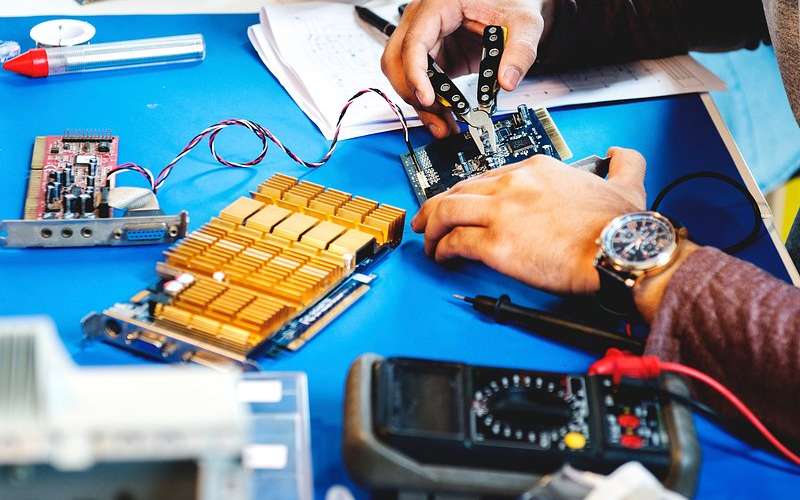Unleashing the Power of Integration: The Role of an Embedded Engineer

Embedded Engineers: Architects of intelligence, fusing software and hardware seamlessly. Salaries vary by skill and location.
In the intricate landscape of technology, Embedded Engineers emerge as architects, blending software and hardware to create intelligent systems. This article unveils the realm of Embedded Engineering, guiding enthusiasts on the journey to becoming Embedded Engineers. It delves into key roles and responsibilities while offering insights into salary dynamics in India and the US.
What is Embedded Engineering?
Embedded Engineering involves designing and developing embedded systems, where software is integrated into hardware to perform specific functions within larger systems. Embedded Engineers play a crucial role in creating the intelligence behind devices and systems.
How to Become an Embedded Engineer?
Educational Foundations:
A bachelor's or master's degree in electrical engineering, computer science, or a related field provides a strong educational foundation. Specialized courses or certifications in embedded systems enhance qualifications.
Skill Development:
- Programming Languages: Proficiency in languages like C, C++, or Assembly.
- Electronics Knowledge: Understanding electronic components and circuits.
- RTOS Familiarity: Knowledge of Real-Time Operating Systems for embedded systems.
- Microcontroller/Microprocessor Expertise: Working with embedded hardware platforms.
- Problem-Solving Aptitude: Analytical thinking for troubleshooting and optimization.
Professional Experience:
Gaining hands-on experience through internships, projects, or entry-level positions is essential for practical skill development in embedded engineering.
Roles & Responsibilities of an Embedded Engineer:
1. System Design:
Designing the architecture and components of embedded systems.
2. Software Development:
Writing and optimizing code for embedded systems to ensure functionality.
3. Hardware Integration:
Integrating software with hardware components, ensuring seamless operation.
4. Testing and Debugging:
Conducting thorough testing and debugging to identify and resolve issues.
Embedded Engineer Salary: India vs. US
India:
In India, Embedded Engineer salaries vary based on experience, expertise, and location. On average, professionals can expect an annual salary ranging from ₹4,00,000 to ₹15,00,000.
US:
In the United States, Embedded Engineer salaries depend on factors like geographical location, industry, and experience level. Generally, annual salaries range from $70,000 to $120,000.
Conclusion:
Embedded Engineers are the architects of intelligent systems, seamlessly blending software and hardware. Aspiring engineers should focus on building a strong educational background, acquiring practical experience, and continually updating their skills. The evolving landscape of technology and the increasing integration of smart systems position Embedded Engineering as a dynamic and impactful career choice in both India and the US.



Write A Comment
No Comments